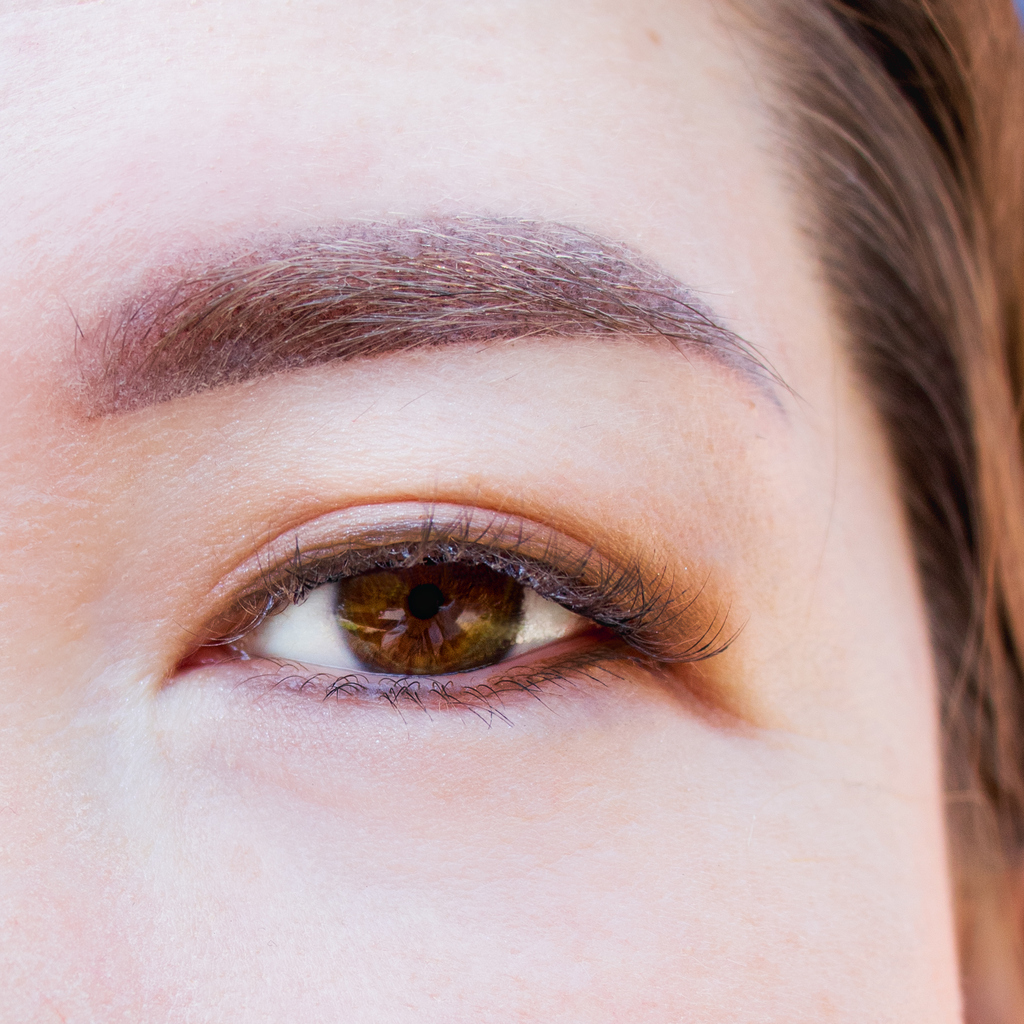Posterior Vitreous Detachment

What Is Posterior Vitreous Detachment?
The eye’s posterior segment is filled with vitreous, a gel-like substance that is attached to retina, nerve, and vascular structures. Millions of fine collagen fibers are intertwined within the vitreous, and the vitreous is mostly composed of water. As we age, the collagen fibers slowly shrink, and the ensuing changes in the vitreous cause traction upon the retina. Usually, the collagen fibers break, allowing the vitreous to separate and shrink from the retina. This process causes a vitreous detachment, i.e., the vitreous becomes separated from the structures in the back of the eye.
The vitreous has two main functions:
- To act as a shock absorber to redistribute forces within the eye
- To serve as a transport medium occupying the major volume of the eye, thereby transmitting light on the retina (located immediately behind the vitreous)
As mentioned above, the back surface of the vitreous is in contact with the retina, optic nerve, and retinal blood vessels. However, in most eyes, the vitreous will eventually pull away or separate from the retina. This event constitutes a posterior vitreous detachment and is considered a normal aging process.

What Are the Symptoms of Posterior Vitreous Detachment?
Symptom 1 – Floaters
An individual may see a range of floaters– a few to hundreds of dark spots or objects “floating” in the field of vision. These floaters may represent bleeding inside the eye, torn retinal tissue, or normal aging changes in the vitreous. Floaters have also been described as “spots and dots,” “a cloud of smoke,” or a “swarm of bees.”;
Symptom 2 – Flashes
Lightning flashes are generated by the vitreous tugging on the retina. A posterior vitreous detachment is typically associated with the visualization of light flashes. Patients have described these flashes as “a sparkle or twinkle,” “a disco light,” or “fire flies.”
Symptom 3 – Decreased Vision
Decreased vision can occur secondary to bleeding inside the eye or a retinal detachment. With retinal detachments, central vision may be normal early on, but patients may note a progressive “curtain, veil, or fog,” obscuring peripheral and central vision.

